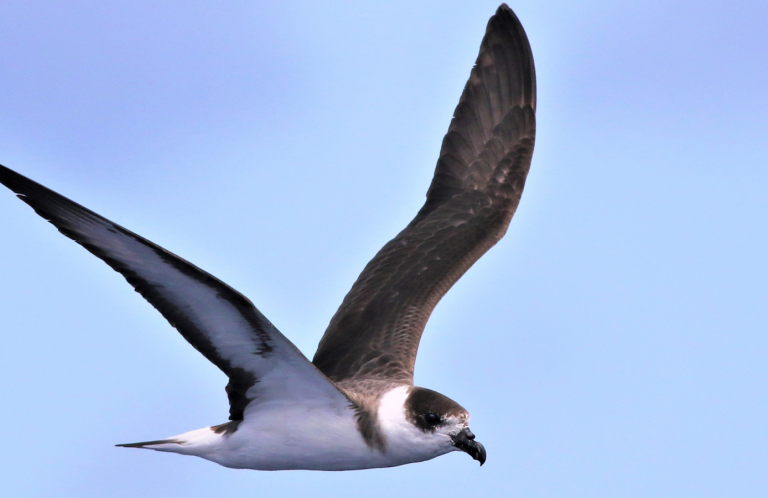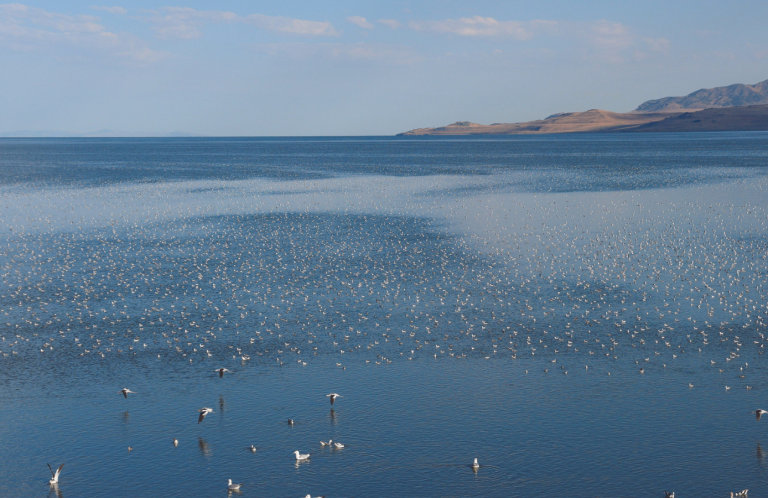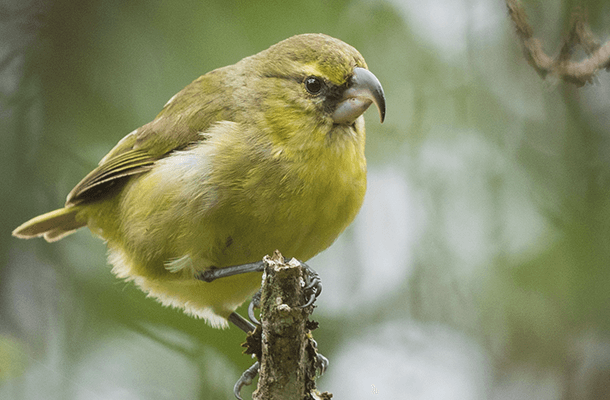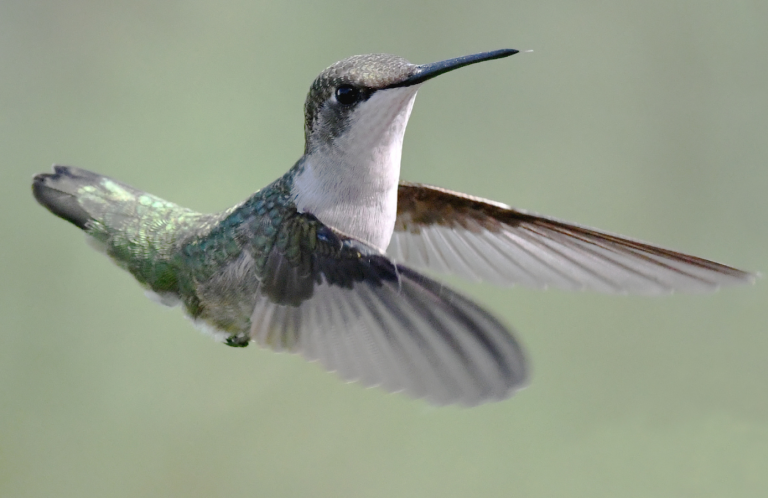Searching for Sparrows
6:45 a.m. David Borré, a staff member at Pronatura Noreste, and I drive to La India in the El Tokio region of Mexico. Our mission: find grassland birds, such as Worthen's and Baird's sparrows. David says matter-of-factly, “Much of this land is already sold to industries for development.” I watch the desert grasslands roll by and consider the loss. The habitat that Pronatura Noreste manages with support from American Bird Conservancy now seems even more precious.
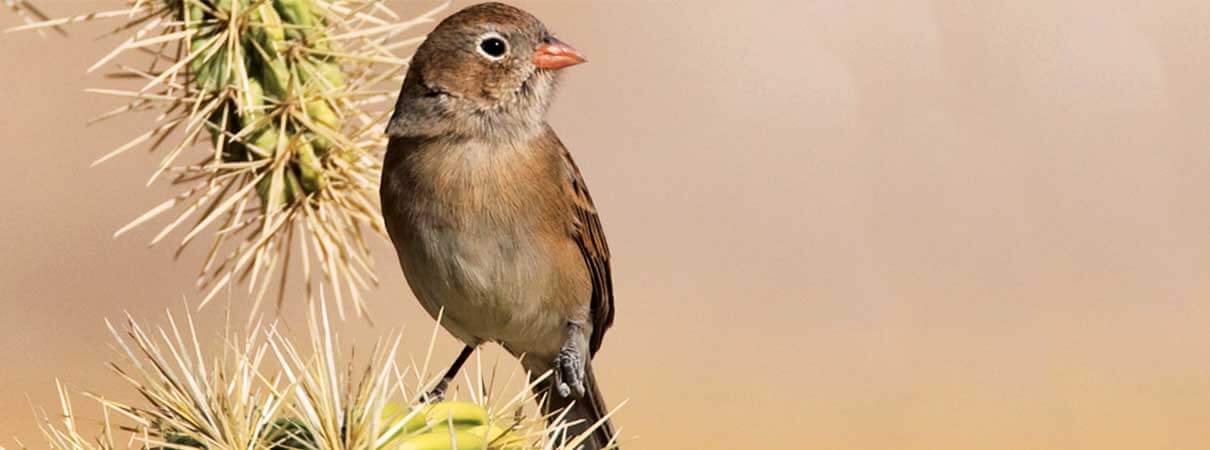
Worthen's Sparrow by Antonio Hidalgo
We are heading into the El Tokio BirdScape. Pronatura, ABC's partner in Mexico, restores and maintains habitat for migratory and native grassland birds in the region. And we are going to visit the project sites and see this ABC-supported work first-hand.
The greatest threat to grassland birds like Baird's and Worthen's Sparrow is habitat loss. Native grassland has disappeared because of extensive agriculture, overgrazing, fire suppression, and invasive plants. Pronatura's work is aimed at helping these and other grassland birds survive by managing and conserving habitat.
Sign up for ABC's eNews to learn how you can help protect birds
Arid. Flat. Desolate. The landscape doesn't shout bird hotspot to me. It seems more like the surface of a faraway planet. If anything exists, it would be a type of microbe invisible to the naked eye. But I know that many grassland birds need this very habitat to survive in the winter.
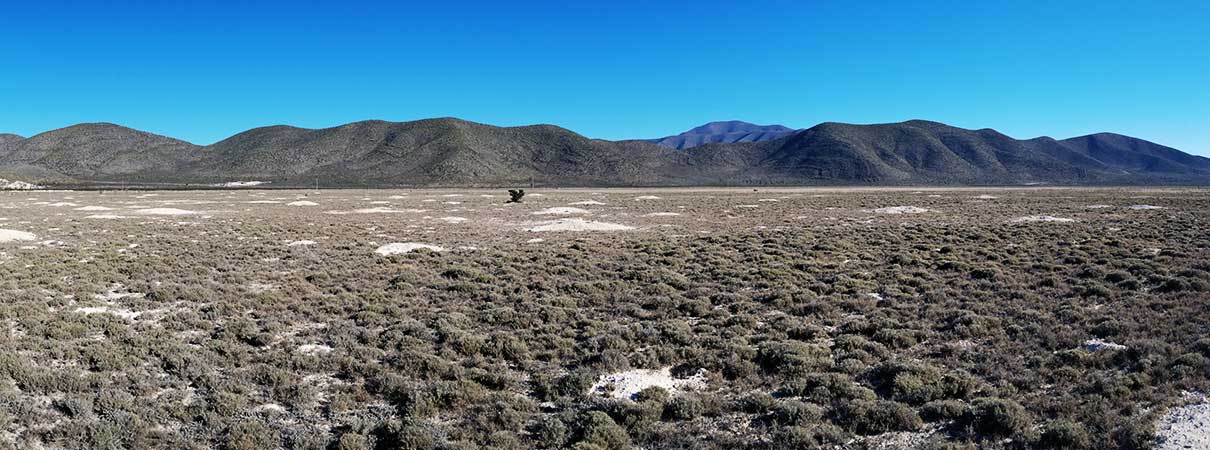
La India is located in the El Tokio Birdscape and supports many species of sparrows and other migratory birds. Photo by Aditi Desai
Another India
My grandfather loved sparrows. He fed them daily. I shared in his morning ritual during childhood visits to India. He portioned out a cup of grain and spread it on a large, yellow plate and placed it on the balcony of his two-room apartment in Mumbai. Then we waited. But not for long.
Sparrows swooped in from all directions and stuffed their beaks. When my grandfather wasn't looking, I would dole out a bit more food and push it their way. On occasion, a bold sparrow would venture into the apartment for a self-guided tour. I didn't realize a bird's feathers could have so many shades of the same color. I was enthralled. He taught me to appreciate these small, brown birds.
I can't help but think back on those moments with my grandfather as we embark on today's sparrow adventure. The species are different. The country is quite different. And yet my excitement at visiting with these birds is the same. The fact that we are going to a place known as La India seems very fitting.
Prairie Dogs and Larks in La India
7:25 a.m. The sun peaks over the Sierra Madre as we reach our destination. Sunlight paints the shrubs and grasses into a gilded mass of browns, greens, and yellows. Pale, gypsum-laden soil crunches under our feet. Breath visible in the morning air, we search for sparrows.
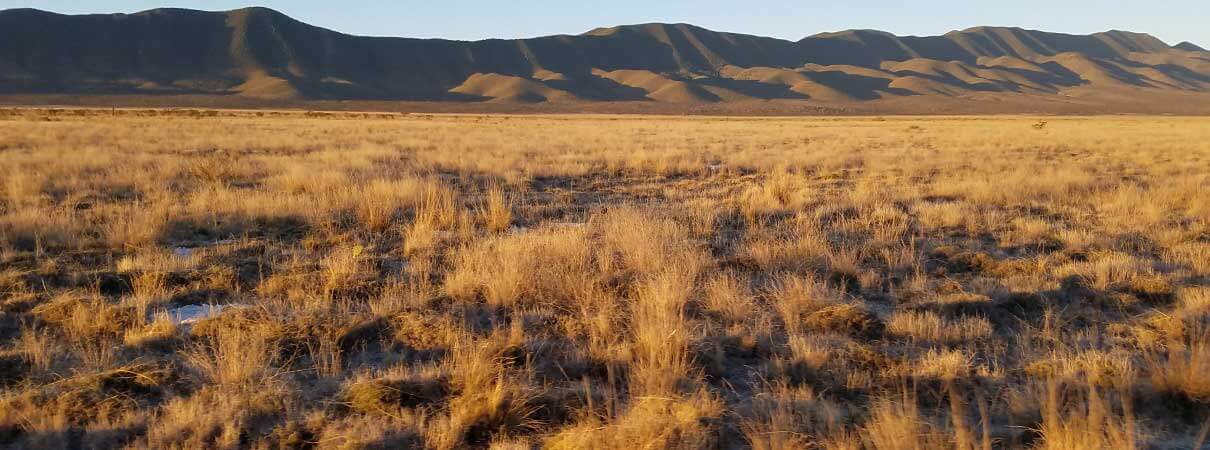
The sun reveals a diverse mix of grasses of varying lengths that foster a host of wildlife including prairie dogs, jackrabbits, and many species of birds, including sparrows. Photo by Aditi Desai
Small and brown are descriptors that don't do justice to sparrows. The variety in colors, shapes, and songs is astounding. Some species are plentiful while others are rare, and many rely on these grasses to survive.
Vesper, Savannah, or Baird's — we do not discriminate as we search for any indication of sparrow life. Our backs burn from the rising desert sun. As the land heats up, so does the wildlife activity. Horned Larks and Meadowlarks abound. Bird song and prairie dog noises fill the air. And yet, sparrows elude us.
Then David and I see a small movement. Too fast to see. We inch forward to get a better glimpse. The suspect moves deep into the grasses and out of sight. We aren't able to identify the species. Thwarted, we move on.
10:30 a.m. At last, we see a Savannah Sparrow clinging to a patch of golden grass. The moment is sweet. And for good measure, we spot a nearby Golden Eagle. Warmed by the sun and our first sightings, we move to the next location in search of the rarer Baird's and Worthen's sparrows.
Hill of the Sparrow
12:00 p.m.. With a name like “Loma del Gorrión” — literally “Hill of the Sparrow” — our odds seem better here. This is one of two properties that Pronatura Noreste and ABC partnered to purchase 10 years ago in the grasslands of Coahuila, Mexico. Years of overgrazing had taken a toll on the land. But by implementing soil restoration activities and controlled burns, Pronatura Noreste and ABC have restored the property to a thriving landscape of native grasses. “We want Loma del Gorrión to be a model for landowners on how to manage their land for both people and birds,” says David. This definitely looks more like a birding hotspot. And Worthen's Sparrow is known to nest at this site.

David Borré of Pronatura Noreste. Photo by Aditi Desai
Sparrows blend in with the dense vegetation. We look for the slightest motion to give them away. But in the noon sun, our chances of finding Baird's or Worthen's or any sparrow seem slim. Birds hide from the brutal heat in the tangle of shrubs and grasses. Seeing movement in the shade is impossible. We begin to lose hope of ever seeing a sparrow on this hill.
“Look! It's a Black-throated Sparrow!” whispers David. A sparrow hops through some shorter grasses ahead. We move forward. Slow. Quiet. And yet, we lose sight. The sparrow flits off into taller grass. “Coward,” jokes David.
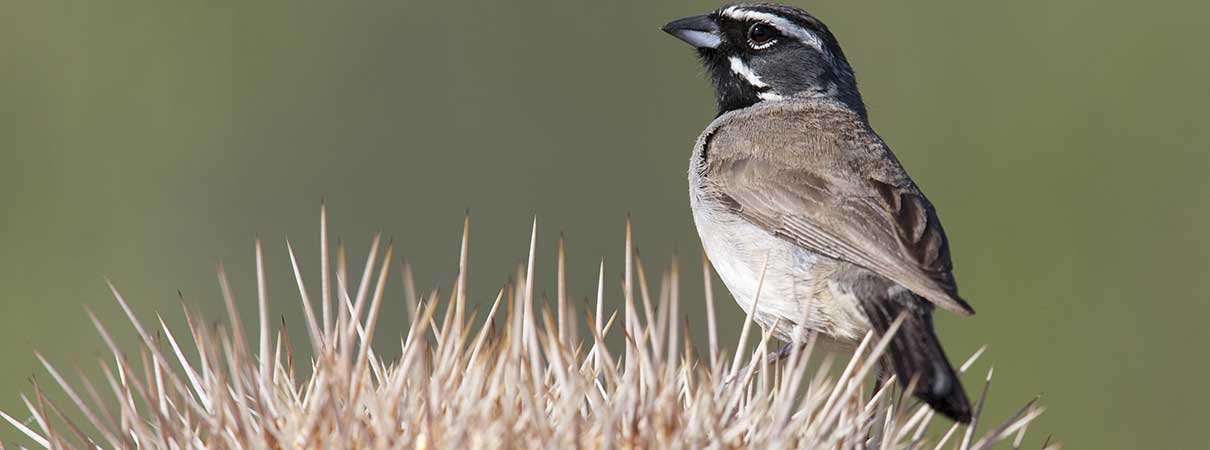
Black-throated Sparrow by Stubblefield Photography, Shutterstock
3:00 p.m.. We keep searching with no luck. Both Worthen's and Baird's sparrows are more abundant in the winter. David notes seeing them in flocks around that time every year. I visited too late in the season to have a good shot at seeing them. He and other staff members are collecting data each year to see population trends. And they are hopeful that their work is making a difference for these rare species.
Although Baird's and Worthen's sparrows elude us, we see many Vesper Sparrows and numerous towhees, larks, thrashers, quail, and other birds. “It was a good day,” says David, and I couldn't agree with him more. Hill of the Sparrow leaves me with hope for the future of grassland birds.
To learn more, read In Mexico, Grassland Birds Thrive Under New Approach to Cattle Ranching, from the fall 2015 edition of ABC's Bird Conservation magazine.
Editor's Note: ABC's work in the Chihuahuan grasslands is made possible by the generous support of Jonathan Franzen and with the support of the Rio Grande Joint Venture. Additional funding for this project was provided in part by the Neotropical Migratory Bird Conservation Act and the states of Iowa, Kansas, Nebraska, Oklahoma, and South Dakota through Southern Wings.
 Aditi Desai is Director of Multimedia and Assistant Director of Communications at ABC. Her storytelling work has taken her from the prairies of North Dakota to the beaches of Honduras. She spent a week filming in the grasslands of Mexico and has a soft spot for White-throated Sparrows.
Aditi Desai is Director of Multimedia and Assistant Director of Communications at ABC. Her storytelling work has taken her from the prairies of North Dakota to the beaches of Honduras. She spent a week filming in the grasslands of Mexico and has a soft spot for White-throated Sparrows.





































